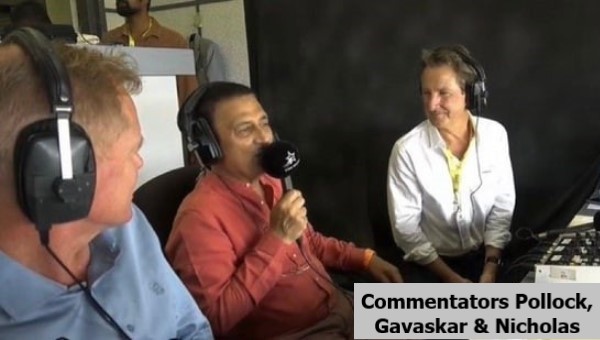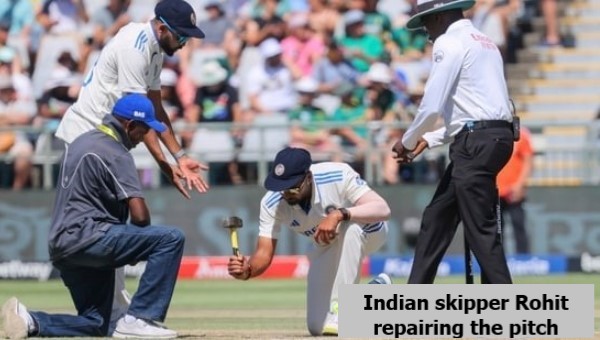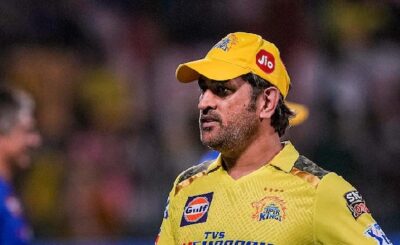For an extended duration, cricket was conducted on uncovered pitches, a practice that, ordinarily, bore little consequence, resulting in wickets comparable to their contemporary counterparts. These pitches underwent meticulous preparation, maintenance, and nurturing throughout a season, resembling the contemporary approach with rolling, mowing, and sweeping. The pivotal distinction lay in the absence of protection against rainfall, giving rise to the notion that uncovered pitches differed significantly from modern ones.

Following rain, under specific circumstances, matches persisted on a “sticky wicket”, an instance favoring bowlers with highly conducive conditions. The swift drying of the pitch after rainfall posed challenges for batters, introducing uneven bounce and sharp, unpredictable turns. Surviving, let alone scoring runs, became a formidable task on sticky wickets, with batting teams encountering adversity and frequently registering low scores.
Within the realm of English cricket enthusiasts, these sticky wickets assumed an almost mythical stature, becoming arenas where reputations were established, and the “glorious uncertainty” of the game left outcomes subject to the whims of weather gods.
The primary concern surrounding uncovered pitches, however, transcended the sporting domain and delved into financial considerations. The exposure to rain resulted in prolonged delays, leading to extended pauses in play or even cancellations, thereby incurring financial losses for the authorities. It prompted the initiation of tentative steps towards pitch covering in 1910, eventually evolving into the contemporary convention of complete pitch covering to shield against rainfall.
The essence of Test cricket, exemplified in the delicate equilibrium between bat and ball favouring the latter slightly, has been underscored by Australian cricket legend Greg Chappell. He lamented the prevalence of batter-friendly pitches, asserting that when the game itself denigrates the longest form, public engagement diminishes.
In recent times, the pitch has become a focal point of contention among various stakeholders, including cricketers, chroniclers and critics. The controversy reached a feverish pitch during the second Test between India and South Africa in Cape Town, where a staggering 23 wickets fell on the first day, marking a historic occasion in the 147-year history of Test cricket. The match concluded in 107 overs, equivalent to 642 balls, resulting in India levelling the series with a seven-wicket victory.
The pitch in question, at Newlands in Cape Town, was deemed suboptimal for Test cricket by prevailing standards. The steep and unpredictable bounce posed significant challenges for batsmen, making it exceedingly difficult to feel secure even after prolonged exposure to the conditions. While opinions on the matter varied among fans and pundits, the controversial pitch garnered attention, particularly after the rapid succession of wickets on the opening day.

Noteworthy cricketing figures such as Sunil Gavaskar and Shaun Pollock provided insights into the pitch dynamics. Gavaskar, while acknowledging the challenges posed by turning pitches, questioned the complaints from the media in SENA countries, emphasising that a true batter must excel on diverse surfaces. Pollock highlighted the role of grass in mitigating crack expansion, resulting in unpredictable bounce from a good length.
The discourse extended to Indian captain Rohit Sharma, who criticised the International Cricket Council (ICC) for alleged double standards on pitches. Sharma asserted his willingness to play on challenging surfaces like Cape Town, provided visiting teams refrain from lodging complaints about turning tracks in India. Within the Indian cricketing landscape, the pitch has historically been a contentious point between hosts and visitors. Instances such as the pitch concerns at Wankhede and Narendra Modi Stadium, along with heightened scrutiny during the World Cup semi-final and final against New Zealand and Australia, have fueled debates. Questions have arisen regarding the absence of ICC pitch consultant Andy Atkinson during the crucial stages of the competition, adding to the broader discourse on the role and impact of pitches in international cricket.
See also:
Shortest & longest Test matches
Visionary Jharkhand Chief Minister Arjun Munda









